|
It may still be summer, but the tease of fall is in the air. A smattering of leaves are beginning to float down from the deciduous trees, the sun is setting earlier in the evening and rising later in the morning. I’m hearing less hummingbird chatter, which means they have begun their migration south. This past week, daytime temperatures have been mild, with deliciously cool nights. All of this is a reminder that autumn is rapidly approaching. Just as the seasons shift, so too do our cravings at the table and in the glass. While red, white, and rosé wines can be enjoyed year-round, many wine lovers have seasonal favorites. As autumn and cool temps advance, red wines often take center stage, edging out the lighter wines that we enjoy in summer’s heat. Here are three red wines to welcome autumn. Domaine Bousquet Reserve Organic Malbec 2023 Domaine Bousquet has made frequent appearances on my website, and I’ve enjoyed reviewing their wines on numerous occasions. This family-owned estate is located in the Gualtallary Valley, high up in the Tupungato district of the Uco Valley in Argentina’s Mendoza region. It is Argentina’s largest producer and exporter of organically grown wines. To learn more about their vineyards and wines, click “Domaine Bousquet” in the Categories section on the right. This wine is a blend of 85% Malbec, 5% Merlot, 5% Syrah, and 5% Cabernet Sauvignon. These certified organically grown grapes are harvested from the estate’s best plots in the Uco Valley. This wine is aged 50% in 2nd-use 400L French oak barrels for six months, with the remaining in stainless steel and concrete tanks. Nose: Dark berries, plum, and spice, with a hint of floral and oak. Palate: Layered with plum, blackberry, raspberry, dark cherry, chocolate, and pepper, ending on a long, silky finish. Nicely balanced with soft tannins and good acidity. Alcohol: 14.5% SRP: $18 Pairing suggestions: Grilled meat, pasta, stews, seared tuna, and spicy Asian cuisine. Famiglia Cotarella Sodale Merlot Lazio IGT 2020 Famiglia Cotarella is family-owned business spanning three generations of grape growers and winemakers from Umbria, Italy. Today, sisters Dominga, Marta, and Enrica Cotarella control the family estates. Their mission is to further tie the company’s identity to its native terroir and the family name. Their portfolio includes classic Italian blends and single varietal expressions of Merlot and Sangiovese from Lazio, Umbria, and Montalcino. This wine is 100% Merlot. Grapes were hand-harvested from vineyards in the Lazio region. After fermentation, the wine was aged for nine months in neutral French oak barrels. Fined and lightly filtered before bottling, the finished wine was aged for several months in bottle before its release to market. Nose: Violets, red fruit, baking spice, and subtle hints of cherry. Palate: Round and smooth with notes of dark berries, plum, dark cherry, and spice. A touch of vanilla and cherry tobacco lingers on a long finish. Alcohol: 14.5% SRP: $25.99 Pairing suggestions: Roasts, game, poultry, mushroom risotto, and hearty stew.. Lázuli Cabernet Sauvignon 2017 Vina Aquitania is a partnership of four distinguished winemakers and vineyard owners. Bruno Prats and Paul Pontallier (RIP) of the Bordeaux region, Ghislain De Montgolfier of Champagne, and Felipe De Solminihac, a renowned oenologist in Chile. They produce limited quantities of Chilean wine inspired by the Bordeaux tradition. This wine is 100% Cabernet Sauvignon, hand-harvested from 25 to 30-year-old vines planted in Peñalolén, a commune bordering Santiago de Chile at an elevation of 2,300 feet in the Maipo Andes. The wine was aged for 16 months in French oak barrels and is named after Lapis Lazuli, the beautiful blue gemstone found in Chile. Nose: Lots of dark fruit, floral notes, jammy plum, and subtle hints of baking spice, earth, and herbs. Palate: Aromas segue onto the palate with blackberry and cherry tobacco. This is a balanced and complex wine with a playful amount of acidity. Alcohol: 14.5% SRP: $45 Pairing suggestions: Enjoy with roasted meat, venison, seared tuna, spicy cuisine, and dark chocolate desserts. What red wine will you pour as the leaves turn? Until next time…
Cheers! Penina To leave a comment or if you have an inquiry, please contact me at [email protected] Spring is in full swing, with flowers blooming against a background of vibrant green foliage bursting from trees. Birds are nesting, and butterflies are reaping the benefits of sweet floral nectar. It is the season of renewal and the promise of new beginnings. With warmer weather upon us, I believe we are all ready to embrace the outdoors. I certainly am! As most of my readers know, what type of wine I drink is not dictated by the weather, but what my palate is in the mood for. Billy Joel’s lyrics from the song “Scenes From An Italian Restaurant” ring true for me. “A bottle of white, a bottle of red Perhaps a bottle of rose instead” “A bottle of red, a bottle of white It all depends upon your appetite” So, with that in mind, here is a sampling of four wines I received, which will please your palate and pair well with spring, and all year round! Domaine Bousquet Reserve Organic Chardonnay 2023 Domaine Bousquet is no stranger to my website. I have reviewed and thoroughly enjoyed all of their wines throughout the years. This family-owned estate is in the Gualtallary Valley, high up in the Tupungato district of the Uco Valley in Argentina’s Mendoza region. This 100% Chardonnay comes from certified organic estate fruit and is hand-harvested from low-yield vineyards located at the foot of the Andes at an elevation of 4000 plus feet. 50% of the wine is fermented in oak for 15 days, and the other 50% in tanks. The wine is aged for six months in 3rd use French oak barrels on the lees for a Burgundian style. Nose: Lovely floral and tropical notes, with apples, lime, freshly baked bread, and a hint of vanilla. Palate: Creamy mouth-feel with beautiful acidity, oak aromas transcend on the palate with pear and tropical notes of pineapple and pink grapefruit. Oak and acidity persist on a long and delicious finish. Alcohol: 13.5% SRP: $18 Pairing suggestions: Enjoy as an aperitif or with seafood, salads, cream-based pasta, mushroom risotto, or cheese. Herzog Lineage Pinot Noir Clarksburg 2023 Herzog Wine Cellars has a long family history of winemaking that spans nine generations. From Europe to New York to the vineyards of California, the Herzog family gave rise to the American kosher wine industry, including premium kosher winemaking in California. Today they have eight brands of wine, one of which is the Lineage brand. This 100% Pinot Noir is harvested from vineyards in Clarksburg, CA. Try as I might, I could not find any technical data or the aging process of this wine. Nose: Cherries, pomegranate, cocoa, and baking spice. Palate: Silky mouth-feel with cherries, strawberry, earthy, and a hint of baking spice lingering on the finish. Alcohol: 13% SRP: $20 Pairing suggestions: Roasted leg of lamb, duck with cherry glaze, grilled portobello burgers, or seared tuna. Attems Pinot Grigio Ramato Friuli DOC This wine is produced by Attems, a historic estate located in Friuli, in northeast Italy. In 2000, the estate was sold to the Marchese Vittorio Frescobaldi. Pinot Grigio, aka Pinot Gris, is a white wine grape that thrives in a cool climate. The vineyards for this grape are situated in the middle area of the property, known as “manine” or “little hands” which is a primarily flat area set between Collio and Isonzo. This 100% Pinot Grigio gets its coppery/coral color from slight contact of about ten hours with the purple skins before pressing and fermenting. Following fermentation, the wine rested for four months on noble lees. Nose: White fruit, melon, cherry, citrus, and wildflowers. Palate: Crisp fruit with nice acidity, pink grapefruit, melon, cherry pie, and minerality lingering on the finish. I love the dance between tart and juicy. Alcohol: 12.5% SRP: $20 Pairing suggestions: Seafood, goat cheese wrapped in prosciutto, cream-based pasta, grilled veggies, or enjoy as an aperitif. Darom by Yatir Cabernet Sauvignon 2023 Yatir Winery, founded in 2000, is located at the southern tip of the Judean Hills, and built at the foot of the Israelite Tel Arad Fort (an archeological site) in the heart of the Negev desert. The vineyards of the Yatir Forest are just 10 minutes away. Vineyards are planted at an altitude of up to 900 meters above sea level and are dispersed throughout different locations in the forest, each with its own distinct feature. The dry desert climate and cool nights contribute to producing exceptional wine grapes. The grape blend for this wine is 85% Cabernet Sauvignon, 10% Petit Syrah, and 5% Shiraz. Grapes are hand-harvested; the wine is aged for eight months in small oak barrels. Nose: Dark fruit, cherry, baking spice, forest floor, and a hint of violet.
Palate: Rich and fruit-forward with lots of berries, cherry, spice, earthy, and slate. Alcohol: 13% SRP: $35 Pairing suggestions: Prime ribs, Mediterranean cuisine, risotto, and chocolate desserts. Whatever the season, occasion, or “just because” moment, these wines are price-approachable, and your palate will thank you! “A bottle of red, and a bottle of white Whatever kind of mood you're in tonight” Billy Joel Until next time… Cheers! Penina To leave a comment or if you have an inquiry, please contact me at [email protected] The Loire Valley wine region is the third-largest winemaking region in France, spanning over 170 picturesque miles. The vineyards are situated along the middle stretch of the Loire River (France’s longest river) in central France, which runs from east to west. Diversity in soil composition and climate along this stretch plays a vital role in the production and characteristics of the wine. There are over 4000 wineries and approximately 57,400 hectares of vineyards here. Loire Valley is also called the “Garden of France”. It is noted for its vineyards, floral gardens, fairytale castles, and historic towns. The Loire Valley is divided into five sub-regions, each with its characteristic grapes, appellations, and styles. There are 51 appellations of origin (AOP) and six protected geographical indications (IGP). Most of the wines produced here are pressed from a single varietal as opposed to most classic French wines that are blended. There are over 24 grape varieties in the Loire Valley, with the vast majority of production being white wine. The leading white varietals are Melon De Bourgogne, Chenin Blanc, and Sauvignon Blanc. The leading red varietals are Pinot Noir, Cabernet Franc, and Gamay. According to the Loire Wine Council (InterLoire), Loire Wines’ industry-leading efforts are being made toward environmental protection and sustainability. To quote: “2030 INDUSTRY PLAN: The Loire Wine Council, InterLoire, was the first to create a collective plan involving all wine industry players: the 2030 Industry Plan, outlining the future for the wine region, with a target of 100% of Loire Wines farms certified sustainable or organic by 2030. Today, 73% of wineries and 85% of surface areas are certified either organic or sustainable by High Environmental Value (HEV) or TerraVitis. AGROCLIMATIC ATLAS: Further, InterLoire worked with research and science teams to develop the Agroclimatic Atlas, an unprecedented educational tool designed to raise awareness of how climate change will impact the Loire region. The Agroclimatic Atlas shows projected changes in climatic and agroclimatic indicators specific to the emblematic grape varieties of the Loire region up to the year 2100. This tool highlights the vulnerability of vines to climate change and provides an opportunity for professionals to prepare for tomorrow’s climate while also encouraging action today.” Here is a selection of three Loire wines made by winemakers advocating sustainability. (samples) Domaine Vincent Carême Vouvray Le Clos AOC 2021 This winery is situated in the heart of Vouvray appellation, in the Touraine sub-region, and spans 37 acres. The estate, established in 1999, is owned by Vincent Carême and his wife, Tania. All of Domaine Vincent Carême’s wines have been certified organic since 2010. This wine is 100% Chenin Blanc. Grapes are sourced from 50-year-old vines grown in limestone, flint, and clay soil. The grapes are hand-harvested, and the wine is aged in oak barrels for 12 months. Nose: Bursting with notes of white flowers, honey, white stone fruit, and a touch of citrus. Palate: Apple, pear, racy acidity, notes of minerality, and honeysuckle. It is a bright and balanced wine with a hint of lemon zest on the finish. Alcohol: 13% SRP: $38 Pairing suggestions: Enjoy as an aperitif or with savory cheese, fish, and white meat. Domaines Landron la Louvetrie Muscadet Sevre-et-Maine Sur Lie AOP 2022 Domaines Landron is in La Haye Fouassière, in the Muscadet Sèvre et Maine appellation in the Pays Nantes sub-region in Loire Valley. Joseph Landron worked with his father for 12 years before continuing to work the estate on his own. All grapes are organically grown, and the wines are certified as both organic and biodynamic by Ecocert. This wine is 100% Melon De Bourgogne (Melon Blanc). Grapes are hand-harvested from blocks of 30 to 40-year-old vines and young vines under ten years. The soils in his vineyards range from clay, sandstone, and silica to gneiss and the unique metamorphic amphibolite.. This wine is aged on fine lees for six months in glass-tiled concrete vats without fining. Nose: White flowers, citrus, pear, apple, and minerality. Palate: This is a dry, savory, mineral-driven wine with crisp acidity. Notes of salinity mingle with green apple and pear. Refreshing! Alcohol: 12% SRP: $16 Pairing suggestions: Perfect for shellfish and oysters or any seafood. Roasted white meat, goat cheese, and sushi also pair well with this wine. Château de Plaisance Anjou ‘Sur la Butte’ 2021 Château de Plaisance is situated in the Anjou sub-region of the Loire Valley. Since 1995, their 25 hectares of vines have been certified organic, and in 2008, they transitioned to certified biodynamic practices. Vanessa Cherruau now owns the estate and continues the legacy that the Rochais family began. Her first vintage was 2019. The grapes for this wine are 70% Cabernet Sauvignon and 30% Cabernet Franc. Grapes are sourced from 35 year-old-vines located on Chaume hill with soil of schist, phtanite, and spilite. The wine is fermented and aged in concrete vats for 11 months. Nose: Vibrant aromas of red berries, violet, and sweet herbs.
Palate: Notes of dark berries, lively acidity, smooth tannins, herbs, and a pinch of minerality are a delight to sip. Alcohol: 13% SRP: $33 Pairing suggestions: Grilled tuna, roasts, hearty soups, and pizza. These wines will surely please your palate! Until next time… Cheers! Penina To leave a comment or if you have an inquiry, please contact me at [email protected] It’s time to wine and dine! So, fire up the grill and toss on your favorite meat or tuna steak. I have two delicious reds to pair with your feast! A few months ago, I reviewed a delectable Sauvignon Blanc from Oberon Wines, part of the Michael Mondavi Family portfolio based in Napa Valley, CA. The head winemaker for Oberon Wines is Tony Coltrin, a lifelong resident of Napa. With over a half-century of winemaking experience, Tony knows every expression of the valley and, specifically, which sub-zones produce exceptional classic Bordeaux grapes, including the Paso Robles wine region. Tony’s enduring relationships with growers throughout Napa Valley are the very essence of Oberon’s quality and consistency. Tony selects top-quality fruit year after year from the finest wine-growing regions throughout Napa Valley and Paso Robles. A short time ago, I received samples of Oberon’s Napa Valley Merlot and Paso Robles Cabernet Sauvignon, two noteworthy wines. Oberon Napa Valley Merlot 2021 The grapes for this Merlot were sourced from Napa’s renowned Oakville district. Oakville lies on the valley floor in the heart of Napa. The deeper, well-drained alluvial soils in the vineyards, along with the perfect balance of cool mornings and warm afternoons, make this the ideal location for growing Bordeaux varietals. In addition, Tony sources Syrah and Zinfandel in small lots specifically for this blend as they merge well with the Merlot and bring out the rich character of this expressive Oakville fruit. It is aged 12 months in French oak barrels. Nose: Ripe berries, plum, and baking spice. Palate: Dark cherry, strawberry, and red plum, with a hint of cocoa and mild tannins. It is a vibrant and nicely layered wine. Alcohol: 13.9% SRP: $28 Pairing suggestions: Grilled meat, seared tuna, porcini risotto, and grilled veggies. Oberon Paso Robles Cabernet Sauvignon 2021 Tony created this Cabernet Sauvignon by sourcing grapes from a few distinct vineyards in Paso Robles, including Santa Margherita Ranch, originally planted by the Mondavis, and the San Juan Creek Ranch. The blend for this wine is 85.7% Cabernet Sauvignon, 9% Petite Sirah, and 5.3% proprietary red field blends. Tony said, “Layering fruit from these distinct Paso Robles ranches provides for a wine with greater complexity and a more dynamic flavor profile.” This wine was aged for 12 months in 45% new French oak. Nose: Floral, red berries, plum, herbs, and baking spice. Palate: Ripe dark berries, bing cherry, and a touch of thyme. Vanilla, dark chocolate, and candied fruit linger on a long finish. Alcohol: 13.7% SRP: $25 Pairing suggestions: Just about anything charred, seared or grilled will work! This wine is also a great sipper before or after a meal. Happy grilling and happy sipping! Until next time…
Cheers! Penina To leave a comment or if you have an inquiry, please contact me at [email protected] A short time ago, through Zoom, I, and several other writers spent a fascinating hour with James Marshall Lockyer, winemaker at Tenuta Licinia, and 3rd generation of this family-owned winery. Tenuta Licinia is a small winery at the foothills of the Tuscan Apennines near the village of Lucignano in the province of Arezzo. Today, the property has 60 hectares of woods, 6.5 hectares of vineyards, and 3 hectares of olive groves. In the early 1970s, James’s grandfather, Jacques de Liedekerke, who lived in Belgium, bought the property with an abandoned farmhouse and small vineyard. Jacque took on the restoration of the farmhouse, but as James said, “For the first 20-30 years, my grandfather really didn’t do much with the vineyard. He enjoyed wine but was not knowledgeable in winemaking. He grew up with old-school ideas of winemaking and didn’t understand Tuscan soil, geology, or what made a vineyard good or bad.” Over the years, Jacque learned more about the vineyard and subsoils and thought it might be worth replanting. So, in 2006, Jacques decided to replant the Sasso Di Fata vineyard as a retirement project. Because he was French-Belgium, and drank Cabernet Sauvignon, he decided to plant it. It took many years of tests, research, and many attempts, but by 2019, the wines began to assume the vineyard’s identity. In 2020, James arrived at Tenuta Licinia and took over what his grandfather had begun. James explained, “At the time, I was finishing my doctorate at Oxford University, focusing on foundations of ethics and sensorial value. About winemaking, James said, “I am semi-self-taught and guided by very good mentors and professionals. In addition, I did a few internships.” His doctoral studies proved to be helpful as a winemaker. “It motivated me to think carefully about what kind of wine I want to make, what truly matters in the wine I make, and what types of properties are relevant to making a high-quality wine.” What his grandfather had planted, half of the vineyard was decent, and the other half was great. For James, this introduced one of the many puzzles they’ve worked on for the last several years: understanding Tuscan subsoils. James said, “One of the difficulties with Tuscan subsoil is that it changes very quickly, every 30 -40 meters. As part of their project, they focus on identifying small and abandoned parcels and bring them back to high-quality production. “We are developing Sangiovese on the parcels we now find.” Regarding his grandfather’s planting in 2006, on one side of the hill is Sasso Di Fata, and on the other side of the hill is the Montepolli vineyard. James divided the vineyard based on the subsoils. James said that Sasso Di Fata has much more beautiful subsoil than Montepolli. James stated, “Sassa Di Fata subsoil is lime-slate, and the slate is paper thin. Slate is viable and roots can go right through it very quickly. This soil contributes to a much more beautiful grain of tannins, sophisticated aromas, and floral direction. Slate can give a savory/saline finality to the wine.' The Montepolli subsoil is a clay-limestone plot with a Merlot base. It is too “clayish” with certain defects. The tannins can be quite wide and massive, and the aromas and minerals can be quite reduced on this soil type.” James went on to say, “I have an old-school subsoil view, that subsoil is very central to making great wines. It’s the physical structure underground that is key. In addition to the soil, it is the drainage and temperature underground combined with root penetration, which is important.” We tasted three Tenuta Licinia wines. All the grapes are picked by taste, not by analysis, for the best maturity. In addition, the winery has been certified organic since the vines were planted, and they follow a biodynamic program in the vineyard. Sasso Di Fata IGT Toscana Rosso 2019 This wine is produced in the clos style, with the grapes sourced from a small vineyard with a specific subsoil, and therefore, the wine is only produced in extremely small quantities. The 2019 Sasso di Fata is a blend of Cabernet Sauvignon (70%) Cabernet Franc (25%) and Petit Verdot (5%). It is aged 16 months in second passage French oak Tonneau (500L). Nose: Fragrant rose petals, red berries, and spice. Palate: Beautifully balanced with red fruit, spice, licorice, and a hint of mint. Gentle tannins and a dance of saline and minerality lead to a long finish. Alcohol: 14.5% Montepolli IGT Toscana Rosso 2019 This wine is produced in the clos style, with the grapes coming from a small vineyard with a specific clay-limestone subsoil, and therefore, the wine is only produced in small quantities. This is the first vintage. The wine is a blend of 47% Merlot, 22% Cabernet Sauvignon, 19% Cabernet Franc, 12% Petit Verdot. It is aged 15 months in second passage French oak Tonneau. James did the aging and blending for this wine. Nose: Strawberry, cherry, anise, floral, and a touch of balsamic. Palate: Strawberry segues onto the palate with soft cherry notes, herbs, baking spice, and minerality lingering on the finish. Alcohol: 14.5% Sasso Di Fata IGT Toscana Rosso 2021 This wine was bottled just a few months ago and a treat to sample. The 2021 is James’s first vintage, and it’s a winner! It is a blend of 55% Cabernet Sauvignon, 35% Merlot, and 10% Cabernet Franc. Aging was approximately ten months in second passage French oak Tonneau (500L.) Like the other wines, this is also produced in the clos style, with the grapes sourced from a small vineyard with a specific subsoil. Nose: Floral with emphasis on rose petals, red fruit, plum, and spice. It is a darker color than the 2019.
Palate: It is lush with fruit and spice and a true expression of the vineyard. There is a beautiful balance between minerality, salinity, and tannins. Alcohol: 14.5% Pairing suggestions: All three wines are well-suited to meat dishes, game, porcini or truffle risotto, seared tuna, and hearty stews. A final note from James: “Our approach to winemaking is to really value the aromatic purity, beauty, and mineral expression, as much as the textural side.” Until next time… Cheers! Penina To leave a comment or if you have an inquiry, please contact me at [email protected] Honig Vineyard and Winery is a family-owned and operated winery situated in the picturesque town of Rutherford in Napa Valley, CA. In 1964, Louis Honig purchased a 68-acre vineyard in Rutherford from the Wagners’, who are owners of the nearby Caymus vineyards. Cabernet Sauvignon and Sauvignon Blanc were the two varieties planted in the vineyard that they bought. The Honig family grew and sold these grapes to nearby wineries until 1980 when they decided to try producing their own Napa Valley Sauvignon Blanc. It was a great success! Realizing the potential of the grapes growing in their vineyards, they built a winery that was completed in 1982. Even though the wine they produced was good, they still struggled with sales and marketing. Michael Honig, grandson of Louis, saw great possibilities and stepped up to the plate in 1984 at the age of 22. Michael and his family slowly transformed their marketing approach. Sales grew, and today, their wines are sold in all 50 states and internationally. Michael and his team are committed to the environment, practice sustainable wine growing, and use solar energy. They have California Sustainable Winegrowing Alliance and Fish Friendly Farming certifications. In addition to hawks and owls that keep the rodent population down, they use sheep (aka Wooly Weeders) as natural lawnmowers, eliminating chemical weed killers. By only focusing on the production of two varietals, they have achieved the “true expression of the vineyard.” Michael recently sent me a bottle of each varietal to taste. He said, “We specialize and only make Sauvignon Blanc and Cabernet Sauvignon. These two wines are the bottlings that we sell all over the world.” Honig 2023 Sauvignon This bottle is very eye-catching, with a beautiful view of the vineyard. It’s like looking through a window! The wine is 98% Sauvignon Blanc, 1% Semillon, and 1% Muscat. The grapes are sourced from Honig’s sustainably farmed vineyard in Rutherford (58%) and Lake County vineyards (42%.) Fermentation and aging take place in stainless steel tanks. Nose: Floral, white stone fruit, citrus, and a hint of tropical notes. Palate: Pear, grapefruit, honeysuckle, and a touch of key lime make for a lively whirl and a juicy finish. It is fresh and bright! Alcohol: 13.5% SRP: $23.99 Pairing suggestions: Enjoy as an aperitif or serve with seafood, salads or sushi. Honig 2021 Cabernet Sauvignon Napa Valley The first vintage for the Cabernet Sauvignon was in 1987. The grapes for this wine are 85% Cabernet Sauvignon, 5.3% Merlot, 4% Malbec, 2.4% Petit Verdot, 1.4% Cabernet Franc, and 1.2% Petit Syrah. Grapes are sourced from the Rutherford vineyard and local Napa Valley vineyards. The wine was aged 18 months in French and American oak barrels (25% new American oak, 20% new French oak.) Nose: Dark berries, cherry, a hint of cranberry, and baking spice. Palate: Lush notes of dark cherry covered in mocha, dark berries, sweet spice, and minerality. It is a sweet and savory dance on the palate with a silky, long finish. Nicely balanced. Alcohol: 14.9% SRP: $46.95 - $56.00 Pairing suggestions: Grilled meat, hearty stews, seared tuna, and mushroom risotto. As the song says… A bottle of red, a bottle of whites Whatever kind of mood you're in tonight… Billy Joel’s “Scenes From An Italian Restaurant” Until next time…
Cheers! Penina To leave a comment or if you have an inquiry, please contact me at [email protected] Happy New Year! Are you ready to embrace 2024? I certainly am! I have lots to share with you over the next few months, which includes more insights on my trip to Mt. Etna and Alentejo, a Bulgarian dream tour, and lots of wine from around the world! With the season’s first significant snowstorm in progress, I decided to sample a few red wines to entertain my palate while the snow piles up outside. So, let’s start toasting the New Year with these tasty treats from Italy, Portugal, and Chile. Masciarelli Montepulciano d’Abruzzo DOC 2020 Masciarelli Tenute Agricole is a family-owned winery founded in 1981. Led by mother-daughter team Marina Cvetić and Miriam Lee Masciarelli, the winery is the only one in Abruzzo to own land in all four provinces ((Chieti, Pescara, Teranio, and L’Aquila.) They have 350 hectares of estate-owned vineyards and are committed to sustainability in the vineyards and the winery. Masciarelli has 22 labels and seven product lines. This wine is 100% Montepulciano, hand-harvested from nine specific vineyards. It is aged in stainless steel tanks and then bottled without fining or filtration. Nose: Violets, cherry, berries, and spice. Palate: Juicy bing cherries, red berries, spice, and a hint of herbs. It is nicely balanced and good value for the price! Alcohol: 13.5% SRP: $15 Pairing suggestions: Pizza, pasta, grilled meat, or charcuterie board. Dos Lusíadas Pinteivera Tinto Douro Valley DOP 2018 Michel Chapoutier is an iconic winemaker and wine merchant known for his organic wines in the Rhone Valley, France. In 2009, he picked out a small, three-hectare plot in the Douro Valley, Portugal. His motivation was to produce wine from the indigenous and most praised grape variety, Touriga Nacional. He and local growers collaborated, resulting in the creation of Pinteivera. This 100% Touriga Nacional is hand-harvested at maturity, and the wine is aged in 100% French oak barrels for 12 months, with a percentage that goes to new barrels varying from year to year. “Dos luisiadas is named after the famous poem, Os Lusíadas, written by Portuguese poet Luís Vaz de Camões. This epic work tells the tale of the Portuguese explorer Vasco de Gama’s travels to India.” Nose: Violets, berries, and spice, with a touch of cherry and herbs. Palate: Lovely notes of dark fruit, plum, dark cherry, wisps of minerality, and notes of dark berries and dark chocolate lingering on a long finish. Beautiful depth and character. Alcohol: 15% SRP: $38 Pairing suggestion: Hearty stews, braised brisket, seared tuna, chili, or grilled octopus. Viña Maquis Gran Reserva Cabernet Sauvignon 2018 Viña Maquis is located in the heart of the Colchagua Valley in Chile between the Tinguiririca River and the Chimbarongo Creek. Both waterways act as conduits for cool coastal breezes that moderate the warm summers and have a pronounced effect on lowering the temperatures during the hot season. The winemakers said, “This has an impact on the characteristics of the grapes and the wines by increasing the fresh fruit and floral aromas, making the wines more vibrant on the palate and moderating the alcohol levels.” The Hurtado family has owned the estate since 1916, but its roots date back to the 1800s. They own 218 hectares of vineyards in the DO Colchagua Valley. The grapes for this wine are 90% Cabernet Sauvignon, 6% Cabernet Franc, 3% Carmenere, and 1% Petit Verdot. The grapes are all sourced and hand-picked from a vineyard in the Palmilla DO. The wine was aged for 12 months in French oak barrels. Nose: Red berries, plum, herbs, baking spice, and bing cherries. Palate: Aromas segue onto the palate with an emphasis on cherry and hints of minerality. The tannins are mild, and the wine has good structure and balance. The finish is long and heavenly. Alcohol: 14% SRP: $20 Pairing suggestions: Barbecue fare, stews, cheese plate, portobello burger, or seared tuna. Montes Wings Carménère 2020 Montes Winery is based in the Colchagua Valley, Chile, with its vineyards spread throughout the country. It was established in 1987 by original partners Aurelio Montes and Douglas Murray. In 1988, Alfredo Vidaurre and Pedro Grand joined the partnership. These visionaries created a company recognized worldwide today, with their wines exported to over a hundred countries. Wings was created from a long-running dispute between Aurelio Monte Sr. and his son, Aurelio Jr. His son wanted to produce a “more free-flowing style of Carménère.” The result is Wings. It is 85% Carménère and 15% Cabernet Franc. Grapes for this wine are sourced and hand-picked from their Finca de Apalta estate in the Colchagua Valley. The wine was aged in new French oak barrels (80%) and second- and third-use barrels (20%) for 16 months before bottling. Nose: Dark berries, cherry, pepper, baking spice, tobacco, and a hint of fig.
Palate: Lush dark fruit with spice and a touch of dark chocolate lingering on a long finish. Beautifully structured and complex. It will only get better with age! Alcohol: 14.5% SRP: $55 Pairing suggestions: Aged cheese platter, roasted/grilled meat, mushroom stew, lamb chops, or vegetable risotto. Fun fact: Chile has the most Carménère under vine in the world, at 10,332 ha/25,530 acres in 2021. By comparison, France has just 80 ha/197 acres. DNA analyses carried out in New Zealand in 2006 showed that several vines planted as Cabernet Franc are, in fact, Carménère. It is also present in Veneto, Italy, plus a few vineyards in China. I wish everyone a healthy, happy, and peaceful New Year! Until next time… Cheers! Penina To leave a comment or if you have an inquiry, please contact me at [email protected] My last article was about a virtual visit to Coonawarra, Australia. Since my palate is still savoring the last wine I opened from this region, I’ve decided to stay in Australia longer and introduce you to a few more wines from this majestic and oldest continent. Australia is broken down into six states and two territories. There are 65 wine regions and over 2,500 wineries spread throughout the states. One could spend a long time exploring these regions and wineries! It is interesting to note there are no grapes indigenous to Australia. The first vines arrived in 1788, and vineyards were established in 1805. James Busby, a viticulturist and writer, is regarded as the “father” of the Australian wine industry. He traveled to Europe in 1831 and collected 650 grape varieties, of which 362 survived the journey. They were planted in the Botanical Gardens in Sydney, and a duplicate collection was planted in Busby’s Hunter Valley property. Over time, cuttings made their way to other regions, establishing the “old vines,” of which many can be traced to the original Busby collection. With over 130 grape varieties, the major wines produced in Australia are Shiraz, Cabernet Sauvignon, Pinot Noir, Grenache, Merlot, Chardonnay, Riesling, Semillon, Muscat and Sauvignon Blanc. Today, my focus is on three wines from Victoria and McLaren Vale wine regions. Domaine Tournon, Victoria Domaine Tournon, owned by legendary Michel Chapoutier, is located in the Victoria wine region, which also is a state. Michel made his mark on the wine world by producing beautiful Rhone Valley wines. But he had a desire to find land in Australia and grow Rhone Valley grapes there as well. In 1997, Michel began exploring the terroirs of Australia and settled on the distinctive terroirs of Victoria on the southeastern side of the continent. He and his team planted non-grafted vines from 19th-century clonal selections, imported from Europe before the arrival of phylloxera, in the sub-zones of Heathcote and Pyrenees in Victoria. These vineyards were then and continue to be farmed organically. Mathilda Victoria Shiraz 2020 This wine is 100% Shiraz. Grapes are sourced from the sub-zone Pyrenees vineyards with soil composed of podzolic layers from clay and ferruginous schists. The wine was entirely aged in cement or stainless steel tanks for 12 months and then bottled. Mathilda Shiraz is named after Michel’s daughter, Mathilda. Nose: Beautiful notes of dark fruit, pepper, violet, and earthy. Palate: Aromas segue onto the palate with silky tannins, a sweet and savory dance, and a spicy finish. Alcohol: 14.5% SRP: $21 Pairing suggestions: Charcuterie, game, roasted meats, seared tuna, vegetable stew, and Asian cuisine. Hardys, McLaren Vale, South Australia Hardys is one of the oldest wineries in Australia and is celebrating its 170th anniversary this year. It was founded in 1861 by Thomas Hardy, who recognized the potential of McLaren Vale terroir and the endless possibilities for creating world-class wines. By 1900, Thomas Hardy and Sons had become the largest winemaker in South Australia. Thomas passed away in 1938, leaving his wife, Eileen, and four young children to carry on. Eileen successfully took over the winery’s leadership and is credited with putting McLaren Vale on the world wine map. By 1965, the fourth generation took its place at the helm. In 2018, Hardys was purchased by a private company, the Carlyle Group. Although it is no longer family-owned, a few family members are still associated with the company. Hardys Tintara Reserve Shiraz 2019 The grapes for this 100% Shiraz are sourced from the vineyards of the original Tintara site where Thomas Hardy made his first wines. There is no data available as to vinification or aging methods. Nose: Dark fruit, cherry, anise, and baking spice. Palate: Blackberry, dark plum, mocha, spice, and a touch of blueberry on the finish. Silky tannins and good structure. Alcohol: 14% SRP: $20 Pairing suggestions: Grilled meat, game, or veggies. BBQ, stews, and aged cheese. Hardys Tintara Reserve Cabernet Sauvignon 2019 The grapes for this 100% Cabernet Sauvignon were also sourced from McLaren Vale’s Tintara vineyard. There is no data available as to vinification or aging methods. Nose: Dark berries, cherry, fennel, herbs, and Palate: The savory herbs blend beautifully with the sweet berries. Beautiful texture and length. Spice and cherries linger on the finish. Alcohol: 14% SRP: $20 Pairing suggestions: Charcuterie, Asian cuisine, grilled meat, seared tuna, stews, or spicy Pumpkin Red Lentil Chili! Stay tuned for a deeper dive into the regions/sub-zones of Australia. There is much to discover!
Until next time… Cheers! Penina To leave a comment or if you have an inquiry, please contact me at [email protected] This past week, I had a face-to-face conversation with the iconic Sue Hodder, senior winemaker at Wynns Coonawarra Estate, located in Australia’s southeast Limestone Coast. Sue joined Wynns in 1993. In 1998, she became the winery’s first female chief winemaker. Her enthusiasm, zeal, and delightful humor made for an engaging visit. Let’s start with a brief history of Wynns Coonawarra Estate. The estate’s history began with Scottish pioneer John Riddoch, who founded the estate in 1891, planted vineyards, and built and completed the estate’s famous stone, three-gabled winery in 1896, called Chateau Comaum. In 1951, Melbourne wine merchants David Wynn and his father, Samuel, purchased Chateau Comaum, with 54 hectares of vineyards, 36 hectares of pasture, a distillery. and a winery. They renamed it “Wynns Coonawarra Estate” and designed a label for their wines depicting the famous three-gabled winery. Wynns’ first Cabernet Sauvignon was created in 1954, ‘Wynns Black Label Cabernet Sauvignon,’ the first commercially labeled Cabernet Sauvignon in Australia. Their flagship wine, first made in 1982, is “John Riddoch Cabernet Sauvignon,” only produced in the best years. And I had the pleasure of tasting the 2020 vintage and will discuss it in this article. Coonawarra is famous for its Terra Rossa, meaning “red earth,” a 20km strip of red soil. It is a rich, red soil with a fertile topsoil covering a bedrock of porous limestone, which assists with winter drainage and summer moisture retention. Combined with a cool, moderate climate, it can result in fruit with great concentration and complexity while keeping high acidity. The Cabernets in this region can benefit greatly with intense aromas, flavors, and smooth tannins. Sue Hodder Sue grew up in Alice Springs in the Northern Territory of Australia, called the Red Centre, a semi-desert. Although there were no wine vineyards as far as the eye could see, Sue always felt a connection to the land. So, it was no surprise that she ended up studying and getting a degree in viticulture at Roseworthy Agricultural College in Adelaide. It was there that she took an interest in wine. How did you segue from viticulturist to winemaker? What was your “aha” moment that led you to it? Sue: It all began when I was quite young. I started with agricultural science, then got a job with wine growers in the Barossa Valley, working in old vineyards, which was amazing! I started traveling in the early 1980s, first to London and then around the world. I ended up at Fetzer Winery in Mendocino, CA, working with winemakers Dennis Martin, Paul Dolan, and Steve Dorfman. They really inspired me. They made beautiful wines that were organic and vineyard-driven. That was the real “lightbulb” moment for me. You have won an impressive amount of awards in this male-dominated industry and are world-renowned. Any comments? Sue: I’m the most famous person on my street here. Actually, I’m the only person on my street! Wynns has always been proud of their women stories, such as those who set up the vineyards after World War Two. Many of the women were from the Ukraine, Italy, and North America. It was a melting pot of sorts. People say this is the middle of nowhere, and I say it is the middle of everywhere. What challenges are you facing in the vineyard and production? Sue: I have been making wine for 40 years and have been at Wynns for 32 years. Changes in the industry, philosophy, and climate change are ongoing. Challenges are high, but it really resets our thinking in a good way. I was fortunate to work with a viticulturist here who just retired and was an incredible environmentalist. He was onto climate change and CO2 levels decades ago. He felt we needed to rethink things and look more closely at the data. Sustainable viticulture methods are our main focus. We’re trying every day to be respectful of the land and give acknowledgment to the people who were here before us. We strive to put the land in a better way than when I first started here. It is about respecting the soil health, more judicious use of water, and the rewards that come in the wines…brighter wines. What is one of the hardest things about winemaking year in and year out? Sue: There is always something new to learn, and every season is different. Even in the amazing years, we think there is always something we could have done better. There is a responsibility even in the great years. It is not just going through the motions of making the wine. It is showing off the beautiful vineyards here to the best advantage. We always question, ‘Are we doing our absolute best with the vineyards?’ We are in a cool area, and it is spring right now. A warm time during flower and set in November and December translates to evenness in grape ripening. Do you think climate change and the earth’s warming work to your advantage? Sue: In general, yes. But we’re also trending to more variables and must be ready for everything as best we can. Generally, warmer years are better for us with a few qualifications. We’re in an area where we get an allocation of water. We have to be responsible and make sure how to use it. If we have a dry summer and autumn, then we need to finish it off so leaves don’t fall off in the summer. Let’s talk about the 2020 vintage of John Riddoch Limited Release Cabernet Sauvignon that I’m tasting. Why is it so special? Sue: This vintage was low-yielding and couldn’t be a great harvest. However, it has that small berry character and is quite concentrated besides being a medium-bodied wine. It’s that red cassis fruit that generally characterizes the John Riddoch wine. It is our Reserve and not meant to be a more concentrated version of our Black Label Cabernet. We’ve been making this wine since 1982. All the John Riddoch wines should be drinking well for years to come if they’ve been well-cellared. If we can’t achieve the quality, then we skip that year. We omitted 2011 and 2017. How long should we wait to drink this wine? What is its shelf life? Sue: In all honesty, you can drink it now. I love these wines as eight to ten years old. They present as a nice combination of fruit and some bottle development. But the John Riddoch wines can drink well for 40 years! John Riddoch Cabernet Sauvignon 2020 The grapes for this 100% Cabernet Sauvignon were selected from less than 1% of the Cabernet vineyard. The 2020 harvest was all from the 1969 planted Childs vineyard of Coonawarra. The wine was aged for 17 months in French oak, 23% new/45% one-year old and 32% two year old.
Nose: Violet, dark berries, baking spice, a hint of forest floor with a touch of Sen Sen (a licorice & violet candy) Palate: Earthy, concentrated flavors of berries with smooth tannins and vibrant acidity. Flecks of minerality, sweet spice, cherry, and bay leaf linger on a long, luscious finish. Alcohol: 13.5% SRP: $99 What would you pair with this wine? Sue: Generally, braised meat, low-temperature cooked meats such as beef bourguignon, or fatty fish like poached salmon with a red pepper sauce. The tannins offset the texture of the fish beautifully. That said, antipasto, charcuterie platters, and spicy Asian cuisine work nicely. This isn’t a wine that demands a big red meat. This bottle is a screw cap. Let’s talk about it. Sue: We changed to screw caps when we were frustrated with the cork quality we were getting at the time in Australia. We have loved screw caps. However, the cork quality has really improved. We find the wine is reliably aging at a consistent rate with a good cork, and the trials prove it. Starting with the 2022 vintage, we will bottle a lot more wine with cork again because our customers prefer it. Although Sue is modest in her achievements in the wine industry, I am happy to shout out a few of her accomplishments. She has been awarded ASVO Winemaker of the Year and Gourmet Traveller WINE Winemaker of the Year. She was chosen as one of the ten Australian winemakers to represent Wine Australia in the Launch of the A+ program at the Shanghai World Expo. In 2017, Sue was given the award for Australian Women in Wine Awards, Woman of Inspiration Award. The list goes on! Sue’s passion for viticulture and winemaking is present in every bottle of wine she produces. It has been a true pleasure spending time with her. Until next time… Cheers! Penina To leave a comment or if you have an inquiry, please contact me at [email protected] With all the national and international wine celebrations that seem to occur almost daily, it can be a bit overwhelming. I have missed one too many “wine holidays” to mention. For instance, I just found out that August 31st was International Cabernet Sauvignon Day! Although I’m more than a few days behind on the latest celebration, let’s raise our glasses anyway and celebrate Cabernet Sauvignon with a few gems from Chile Here are a few fun facts. Chile is a long and narrow country bordering the Pacific Ocean to the west and to the east lie the Andes Mountains, which is among the world’s highest mountain range in the Western Hemisphere. Chile spans 2700 miles, from north to south, and is only 100 miles wide. Its numerous wine regions are then divided into sub-regions. map Cabernet Sauvignon is the most widely planted red grape variety in Chile. According to Wines of Chile, the Cabernet Sauvignon grape is credited with putting Chile on the world stage. Approximately 40,200 hectares ( 99,336 acres) of Cabernet Sauvignon are planted to vine, with vineyards extending from the country’s far north in Atacama to the Araucania region midway down the coast. The core of production takes place in the Central Valley wine region, where Maipo Valley and Rapel Valley sub-regions and the zones of Colchagua Valley and Cachapoal Valley account for approximately 97% of the planted surface area. For a more in-depth look at Chilean wine, regions, and wine producers, please refer to the “Categories” menu on the right Concha y Toro Gran Reserva Serie Riberas Cabernet Sauvignon 2019 The grapes for this wine were harvested from the Palo Santo Vineyard D.O. Marchigüe, Colchagua Valley. It is 94.5% Cabernet Sauvignon, 3% Carmenere, and 2.5% Syrah. The wine is aged for ten months in French oak barrels and 5000 lts. foudres. (21% new, 79% second use) Foudres are large wooden vats. Nose: Dark berries, sour cherry, pepper, and baking spice. Palate: It is juicy and round with silky tannins. Flavors of dark cherry, plum, baking spice, and toasted oak lead to a long finish with cocoa, vanilla, and spice lingering. Alcohol: 13.5% SRP: $17 Pairing suggestions: Grilled meat, fowl, game, roasted veggies, stews, and seared spicy tuna. TerraNoble Gran Reserva Cabernet Sauvignon 2018 This wine is 100% Cabernet Sauvignon sourced from two different terroirs in Colchagua Valley. 70% of the grapes are selected from Los Lingues, and 30% from Marchigüe. The wine is aged in 70% new and used French oak barrels and 30% in untoasted foudres for 12 months. It is then bottle-aged for at least six months. Nose: A touch of floral with dark fruit, earthy, baking spice, herbal notes, and anise. Palate: Aromas segue onto the palate with dark plum, pepper, baking spice, and dark chocolate. It is a lovely dance between sweet and savory and a nice balance between acidity and tannins. Alcohol: 14% SRP: $20 Pairing suggestions: Roasted meats, aged cheese, grilled tuna and veggies, mushroom risotto, or sautéed polenta.. Miguel Torres Reserva Especial Cordillera Cabernet Sauvignon Maipo 2018 The grapes for this 100% Cabernet Sauvignon are sourced from vineyards in the Maipo Valley. The wine is aged 12 months in 20% new French oak and 80% second-use French oak. Nose: Dark berries, sour cherry, plum, pepper, and a touch of mint.
Palate: Aromas spill onto the palate with dark, juicy berries, dried herbs, toasted oak, and spice. Nice acidity and smooth tannins. Alcohol: 14% SRP: $20 Pairing suggestions: Grilled or roasted meats, game or fowl, hearty stews, or charcuterie board. These wines offer a lot of bang for the buck and are very impressive! Happy Belated International Cabernet Sauvignon Day! Until next time… Cheers! Penina To leave a comment or if you have an inquiry, please contact me at [email protected] |
Categories
All
|

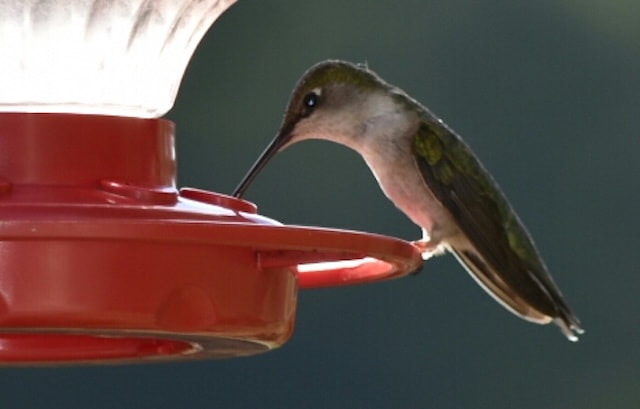
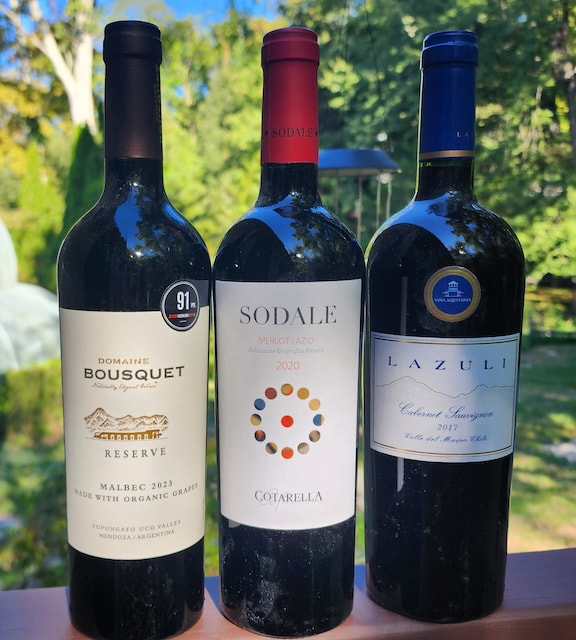
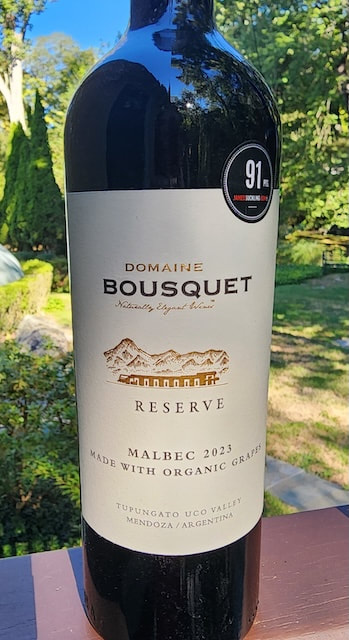
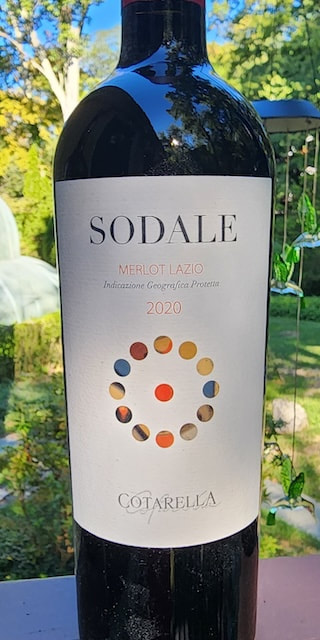
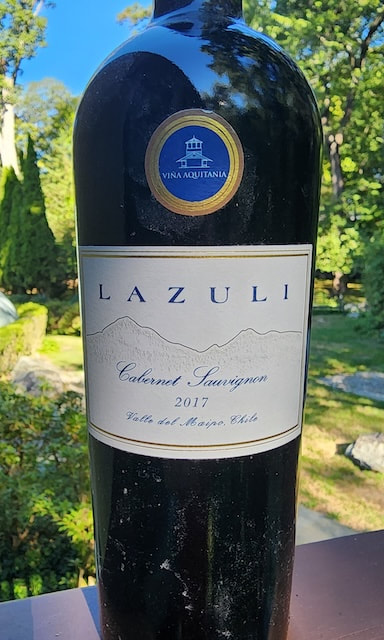
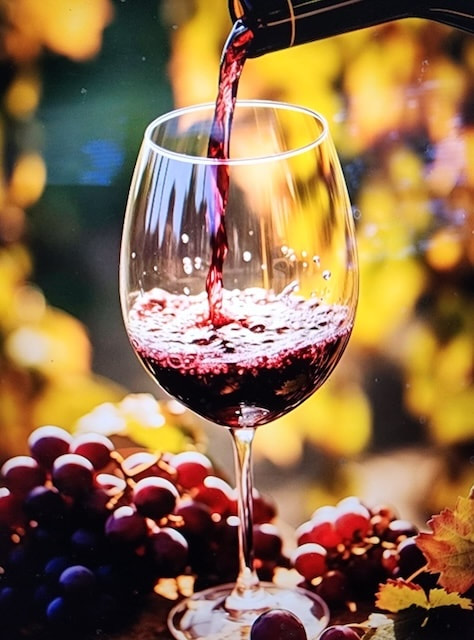
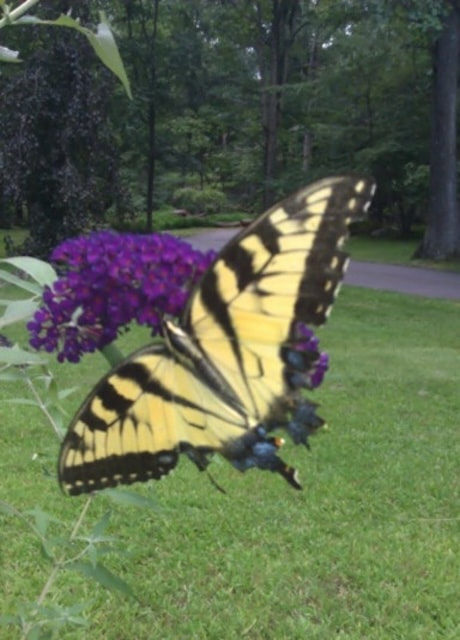
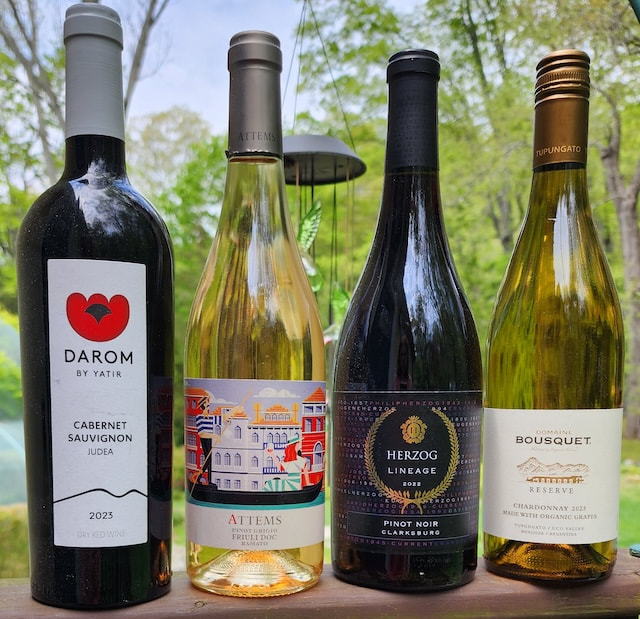
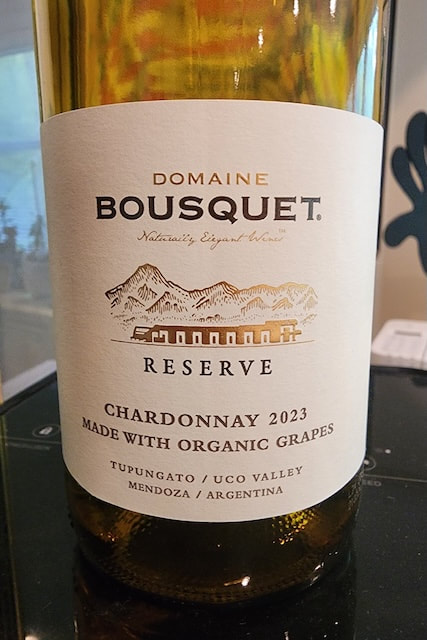
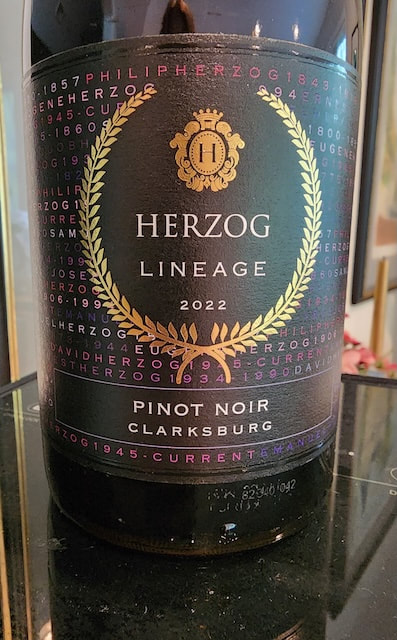
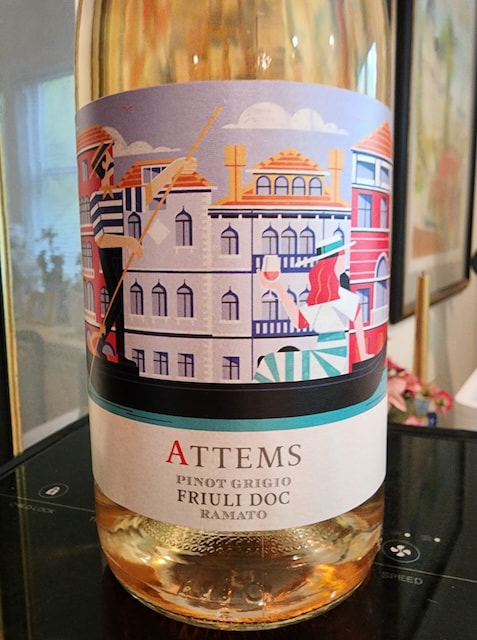
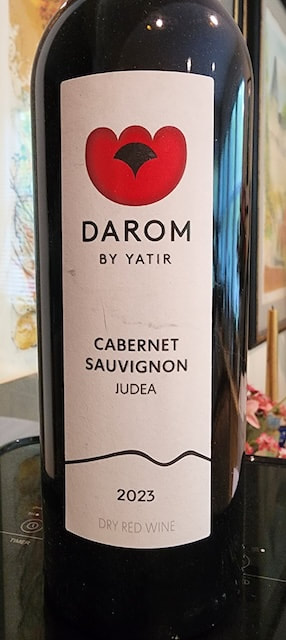
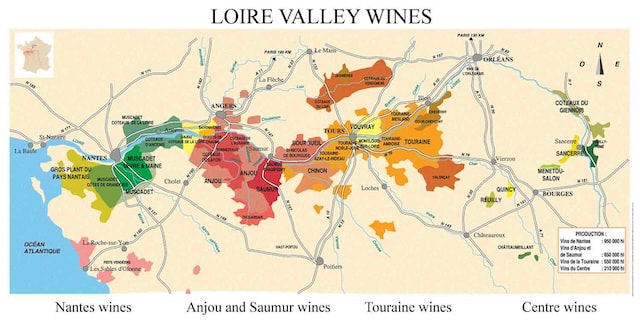
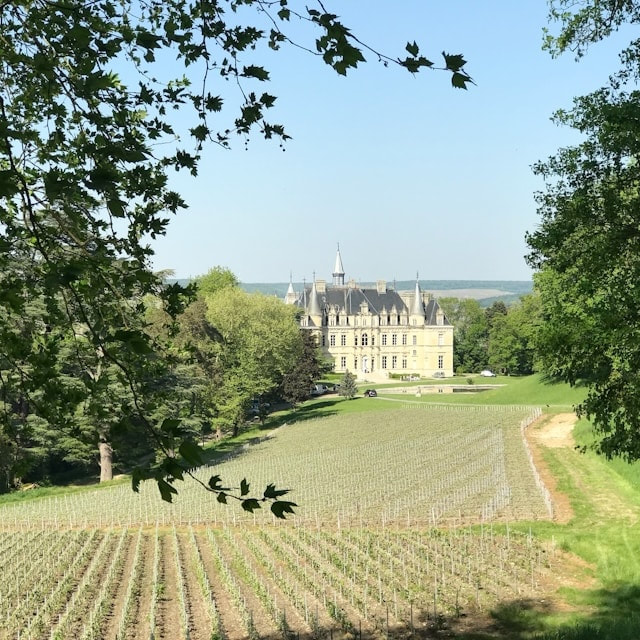
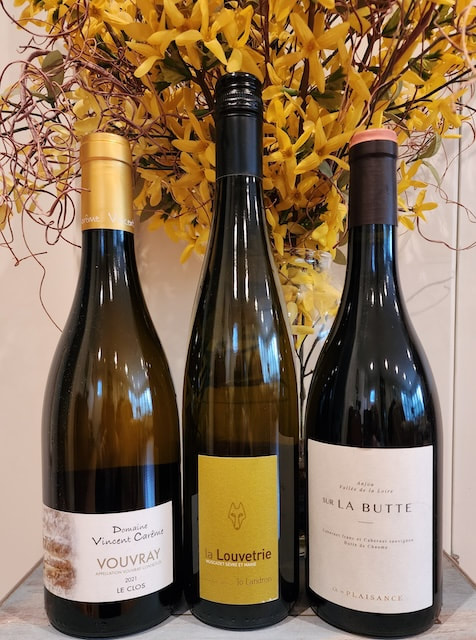
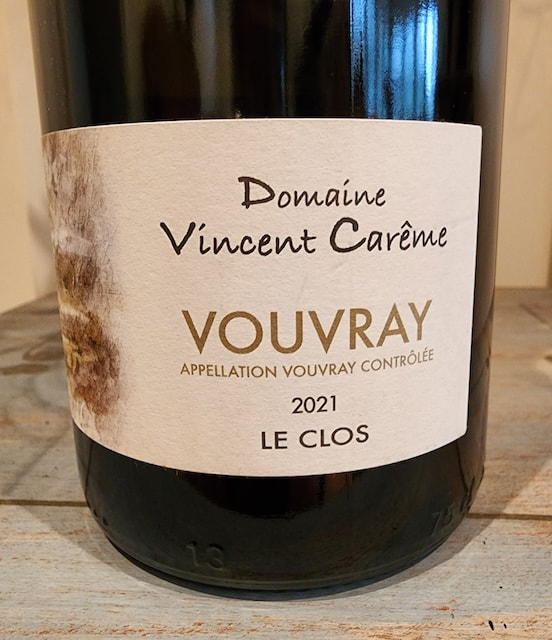
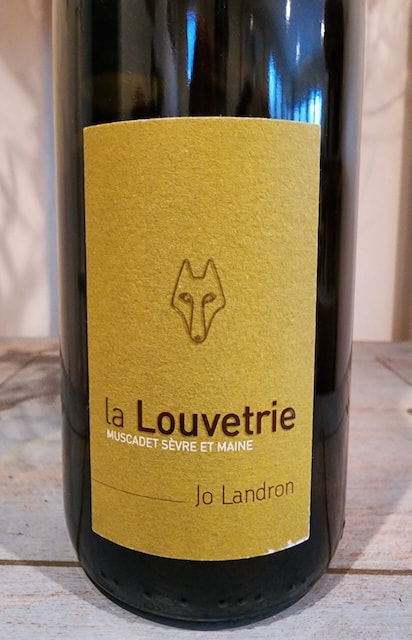
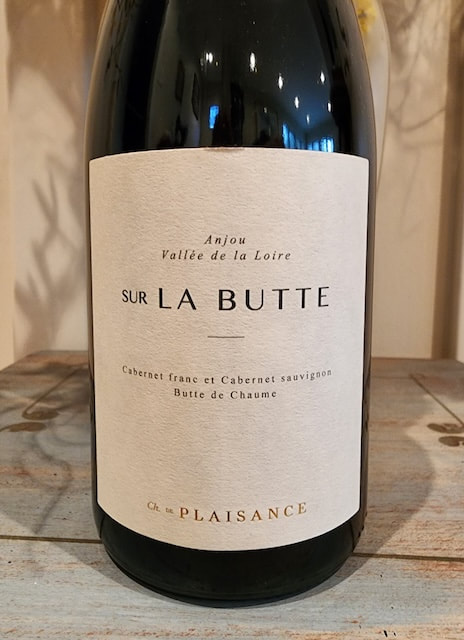
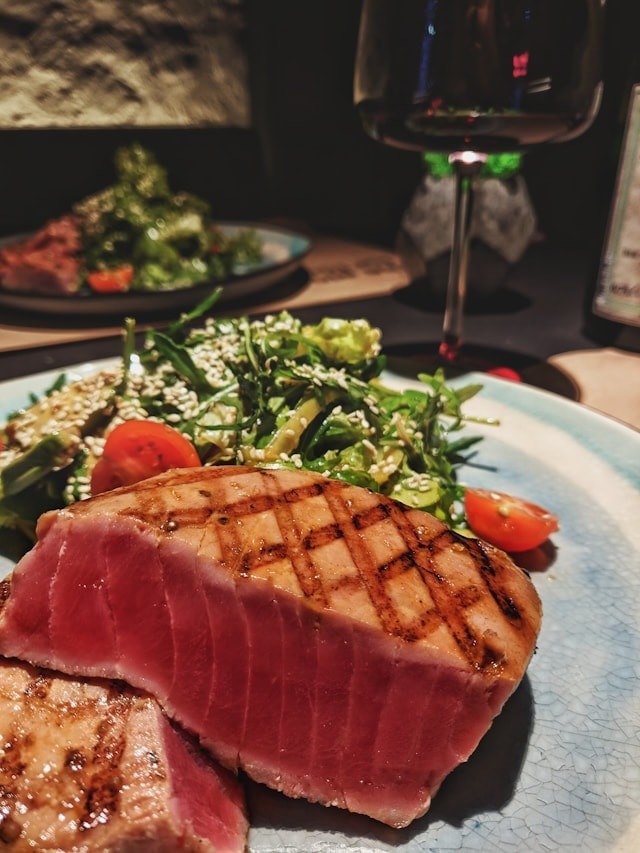
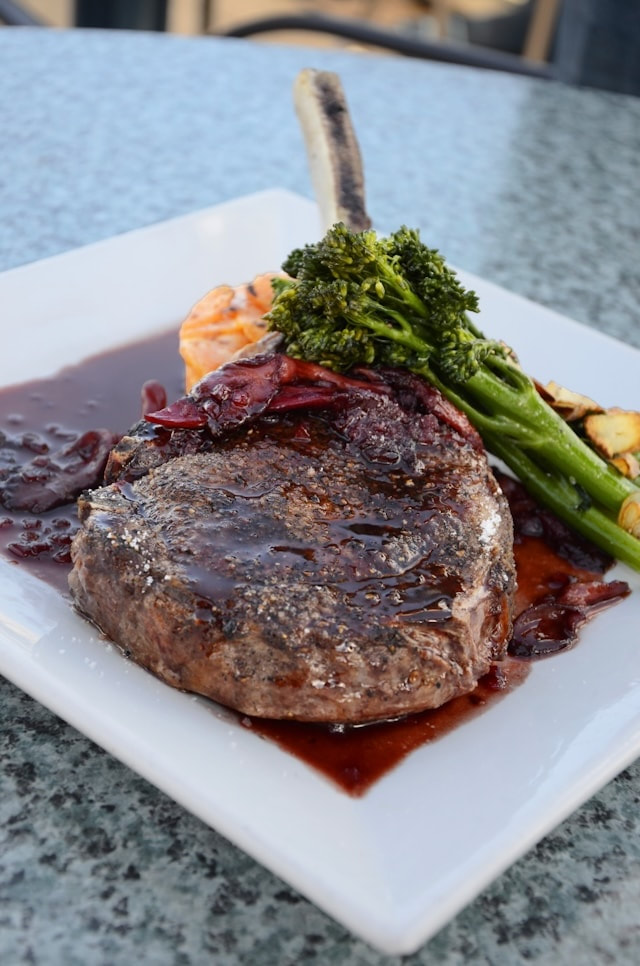
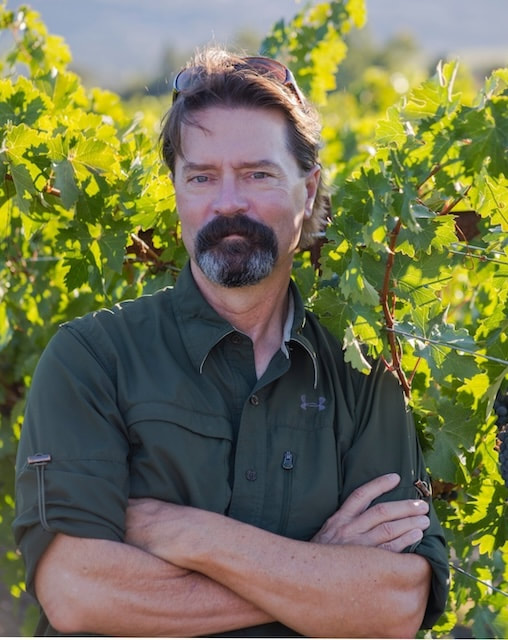
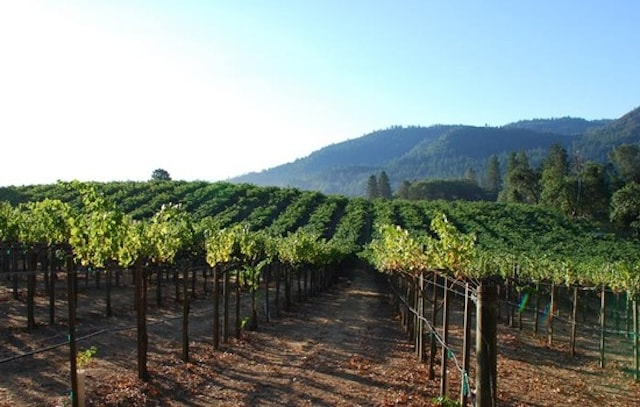
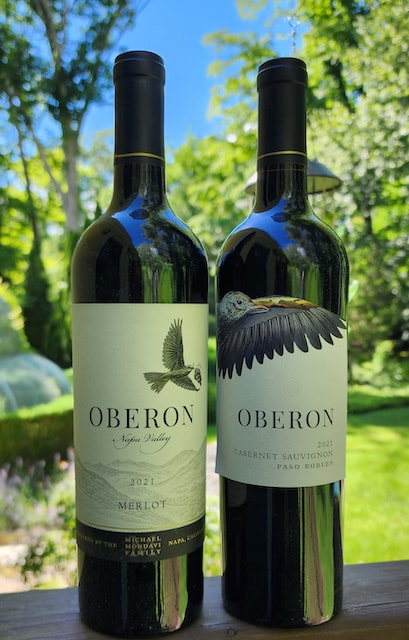
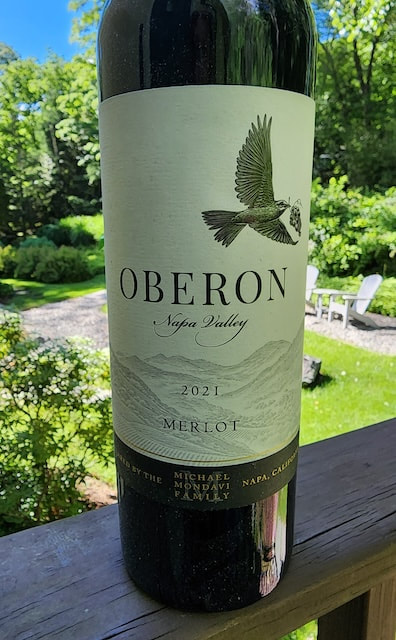
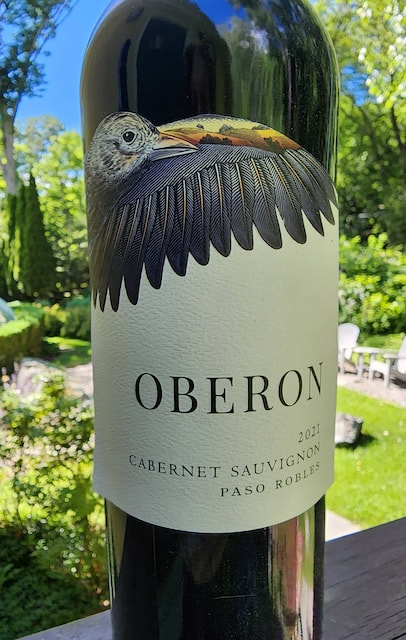
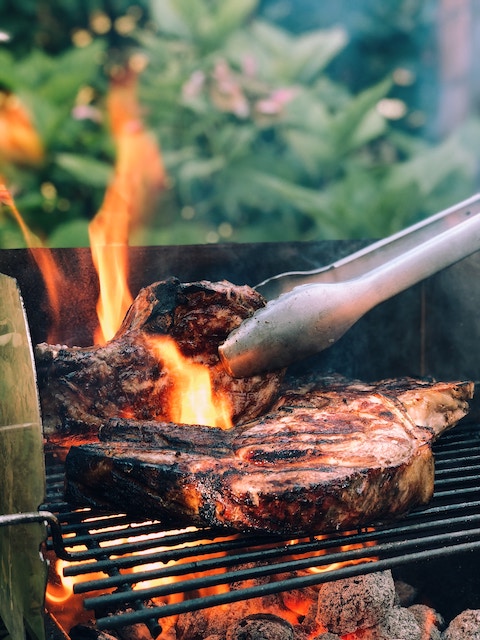
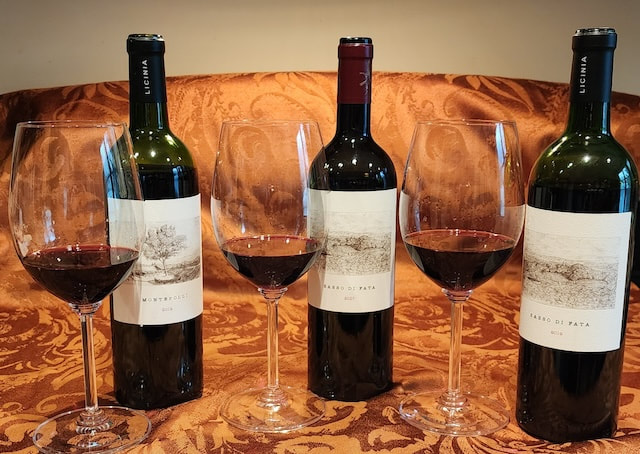
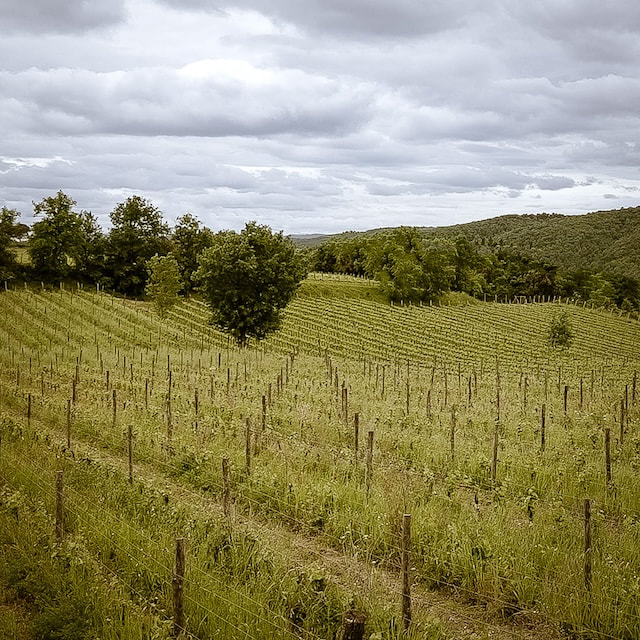

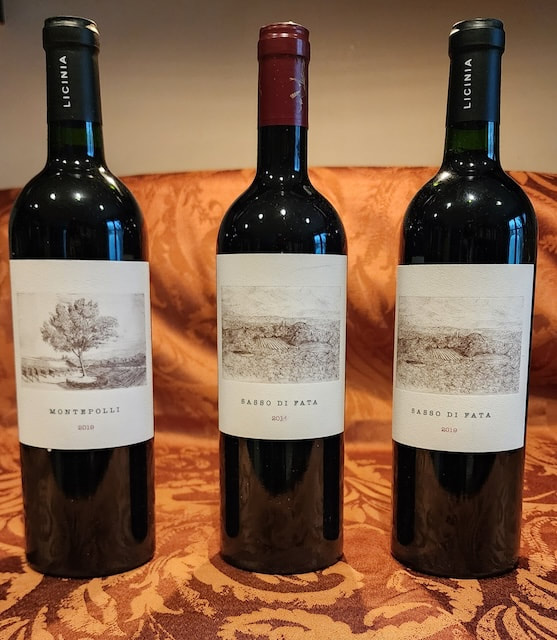
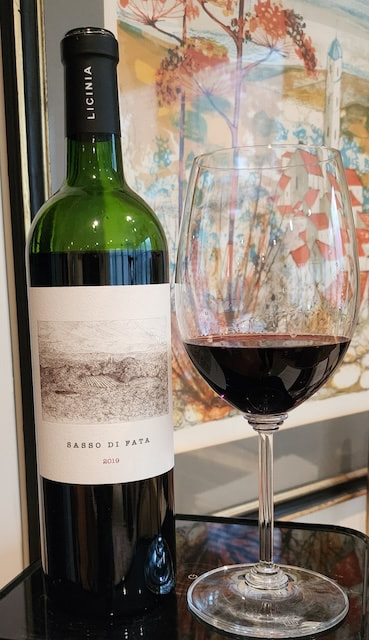
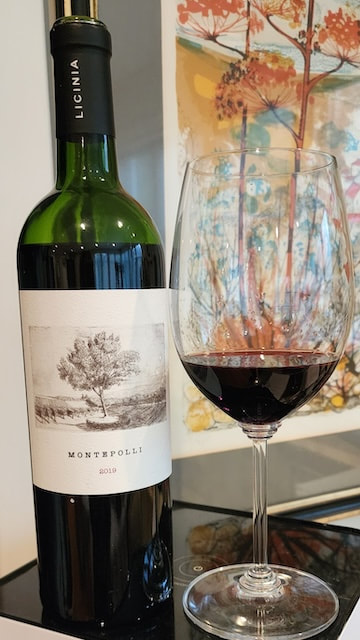
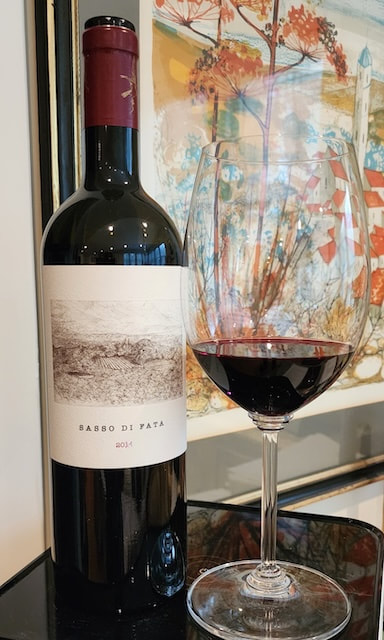
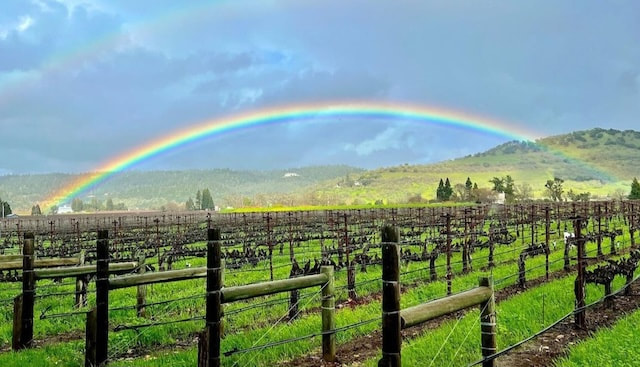
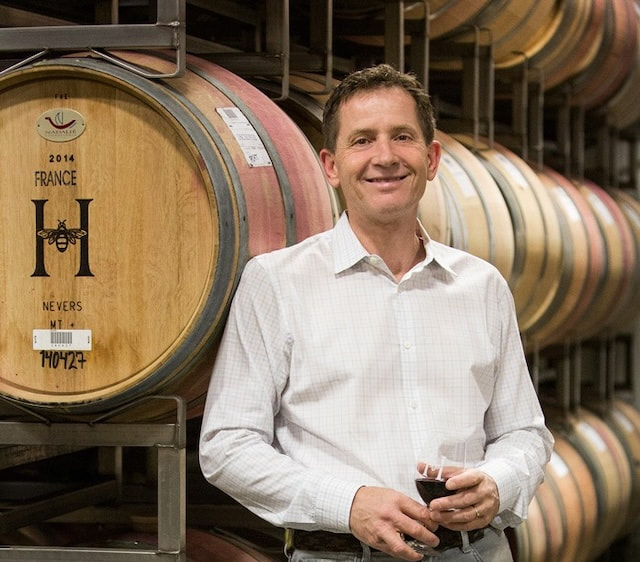
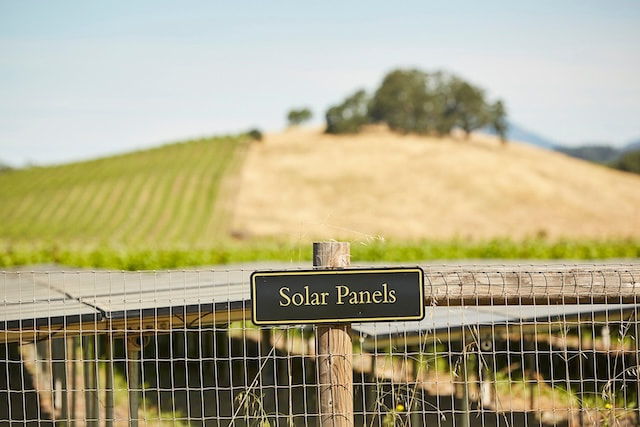
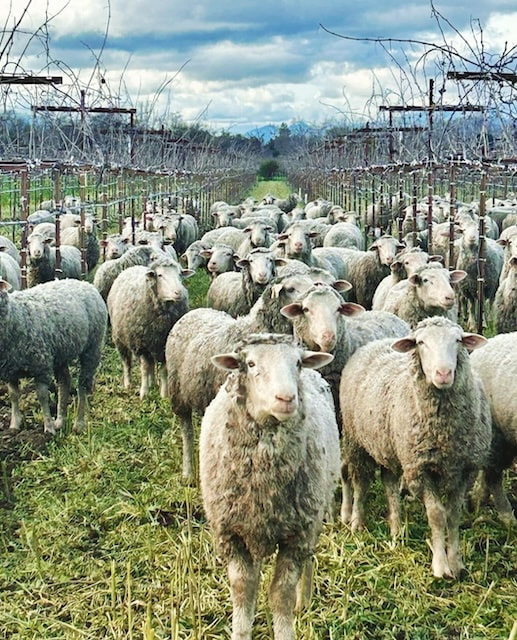
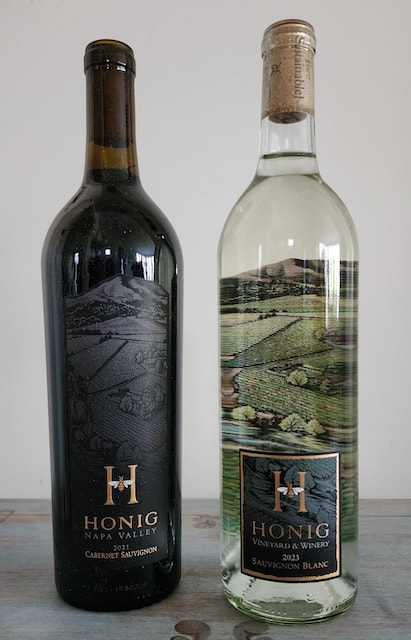
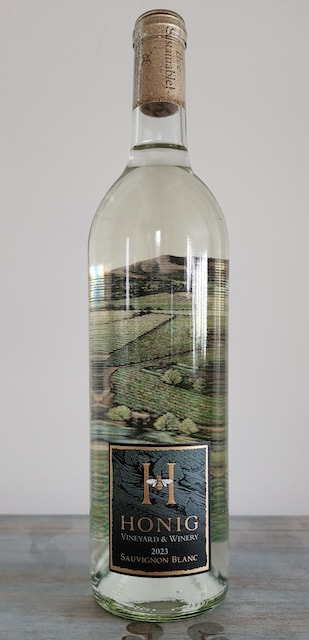
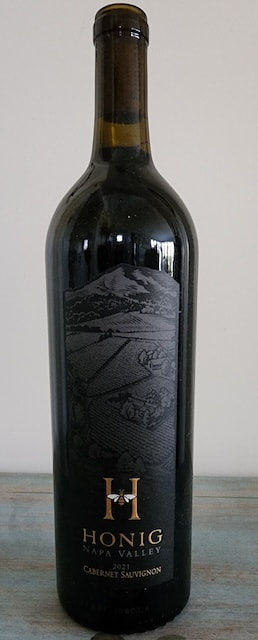
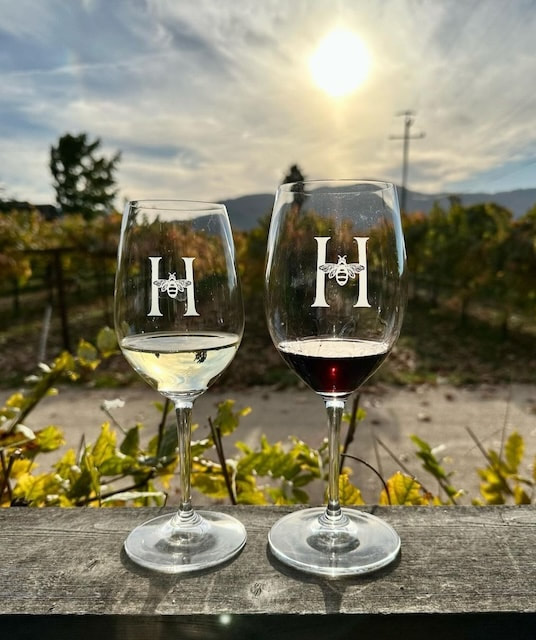
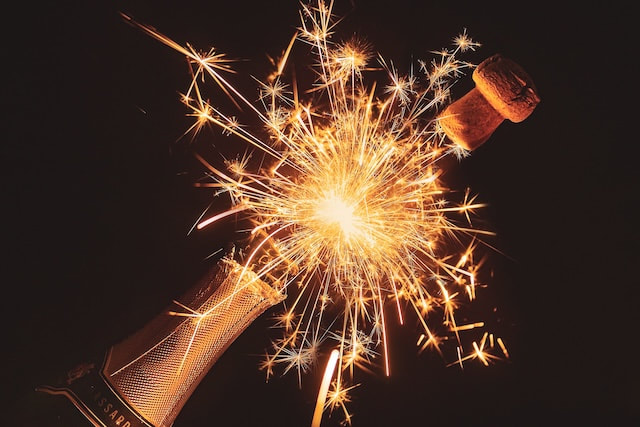
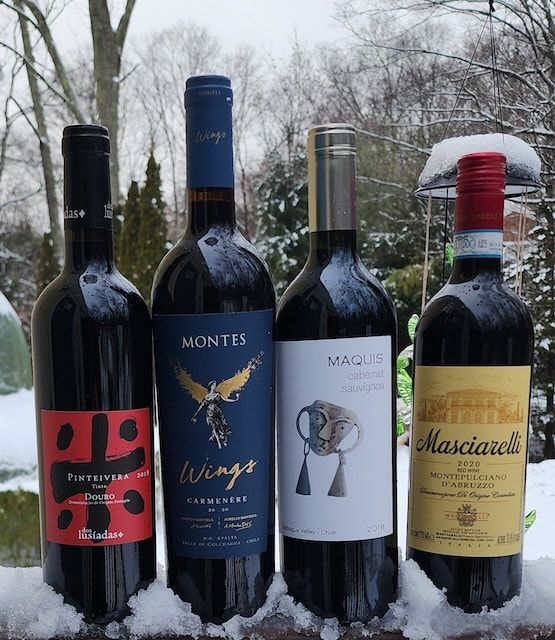
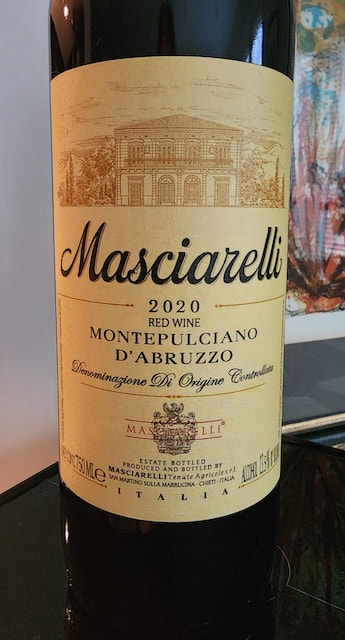
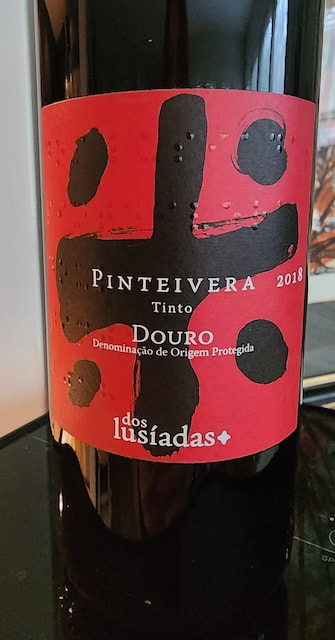
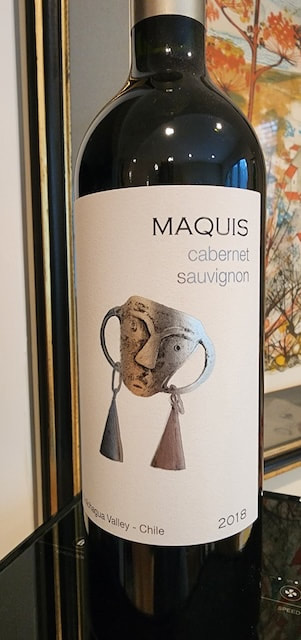
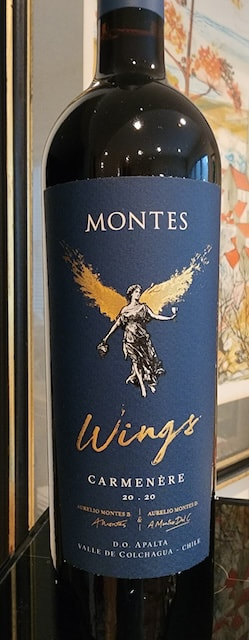
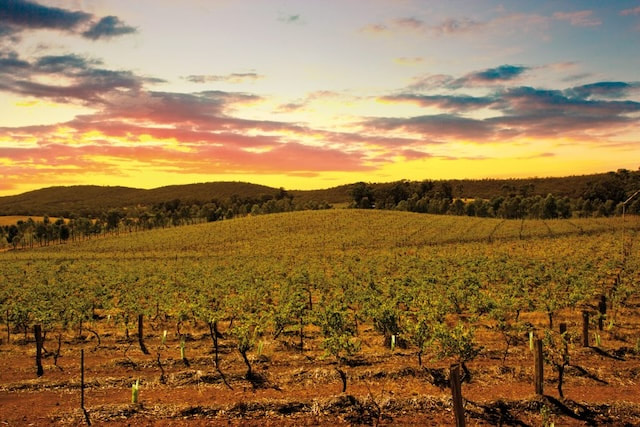
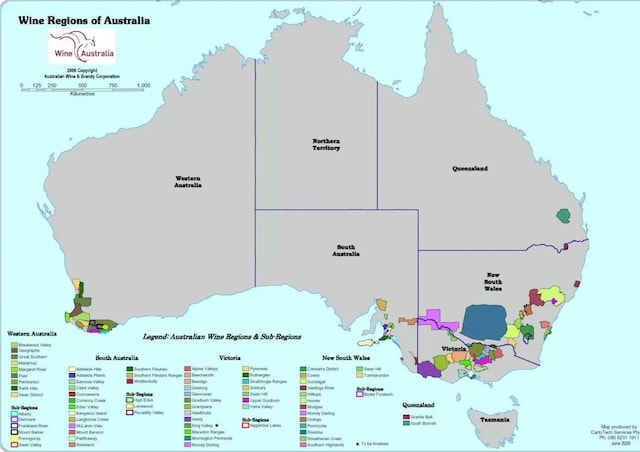
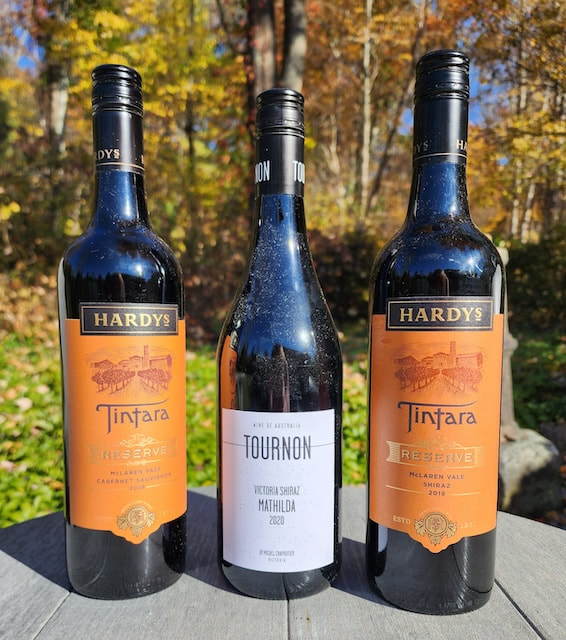
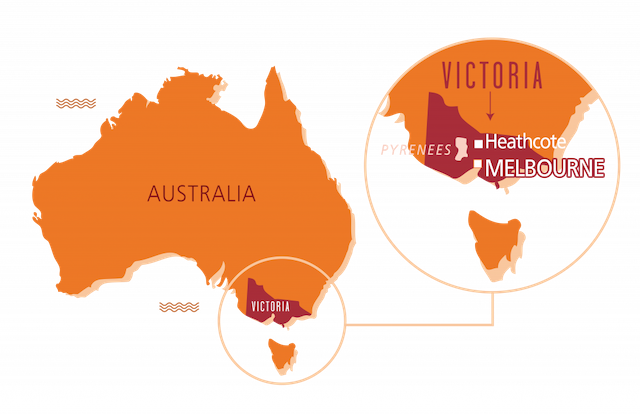
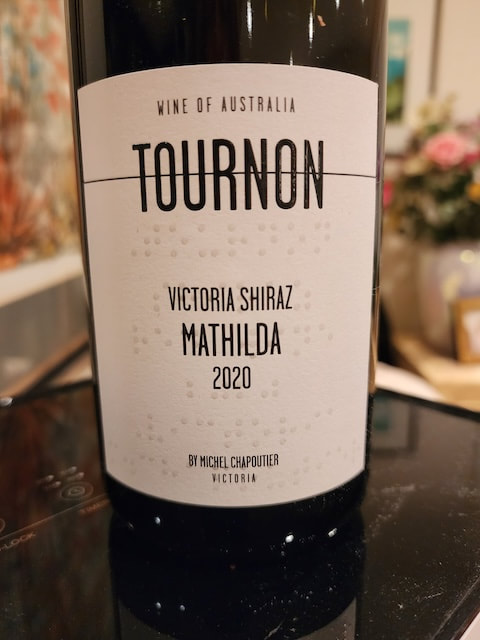
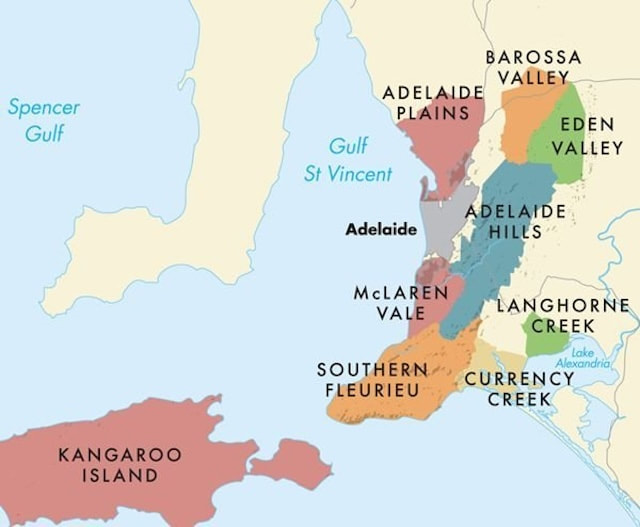
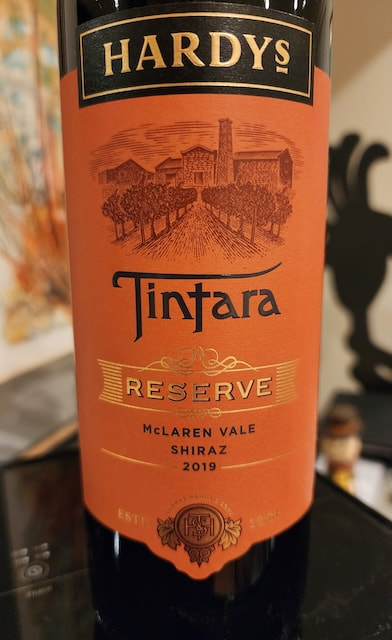
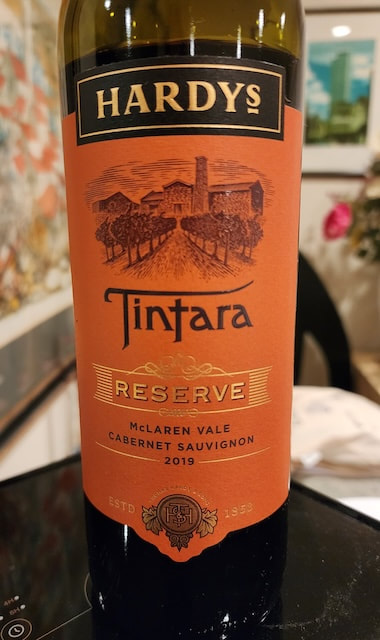
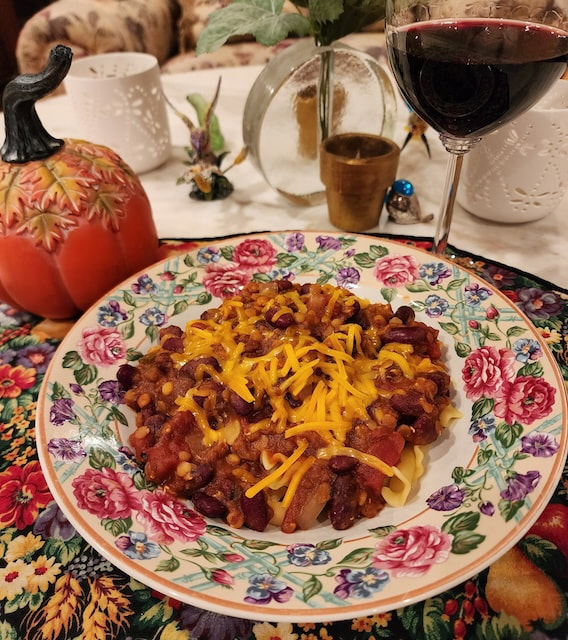
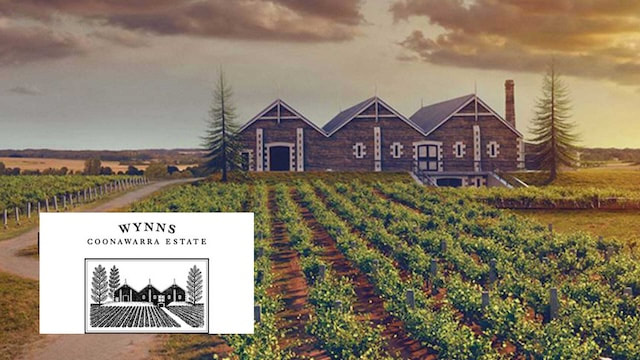
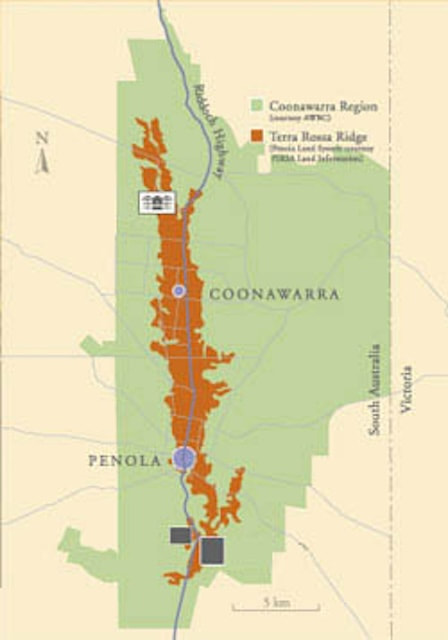
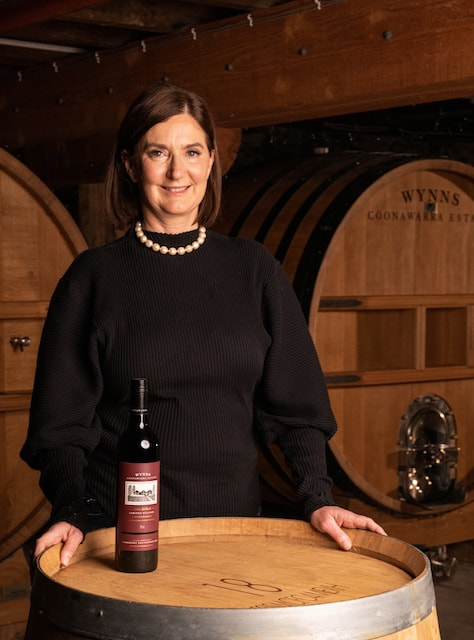
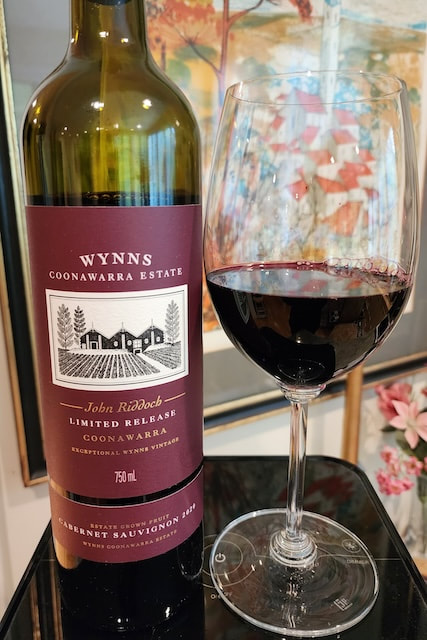
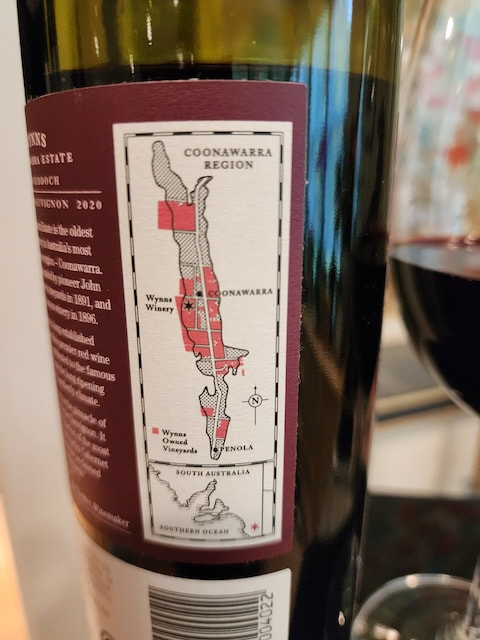
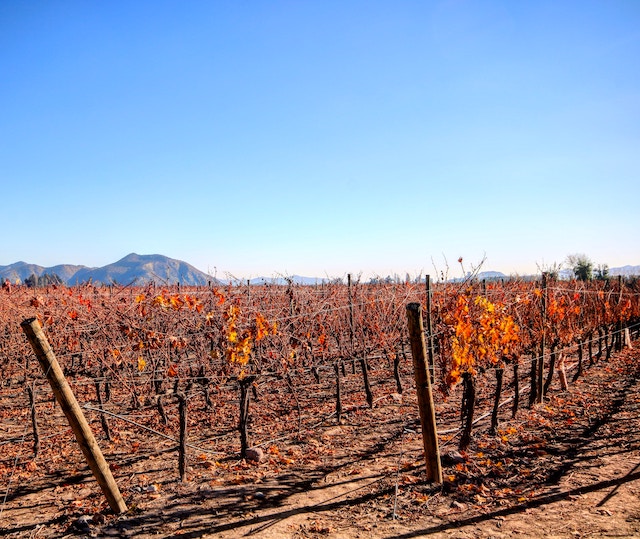
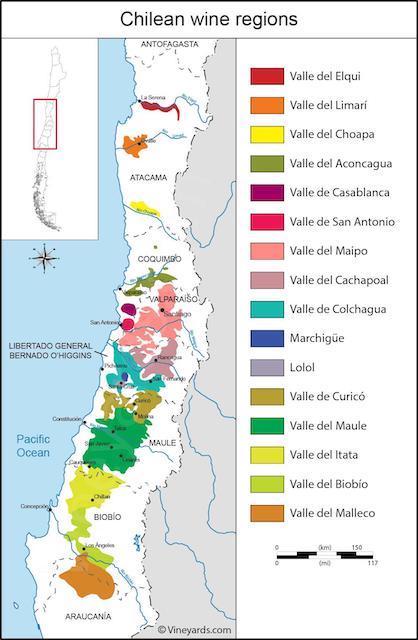
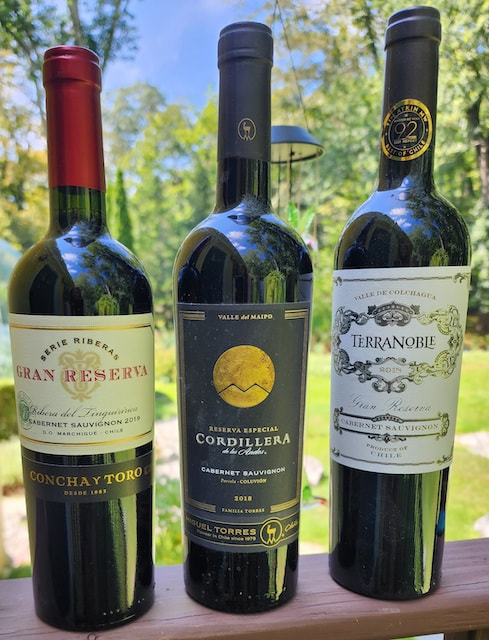
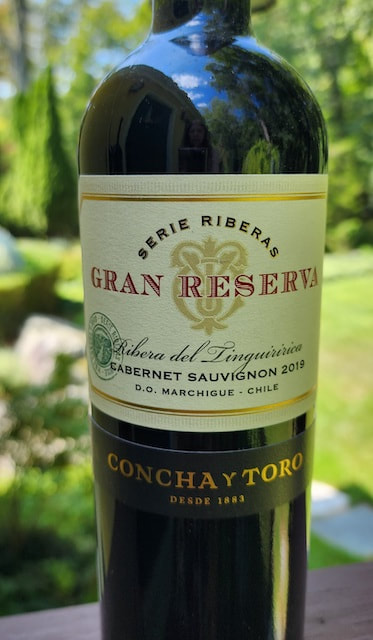
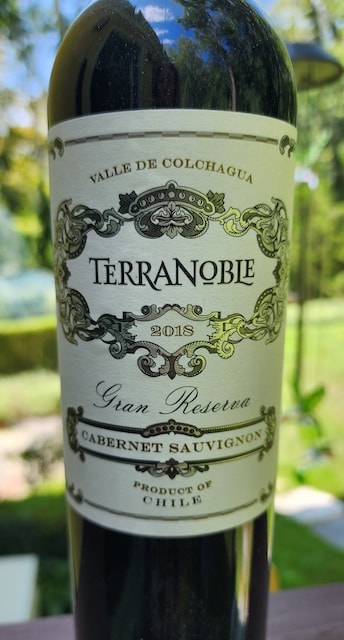
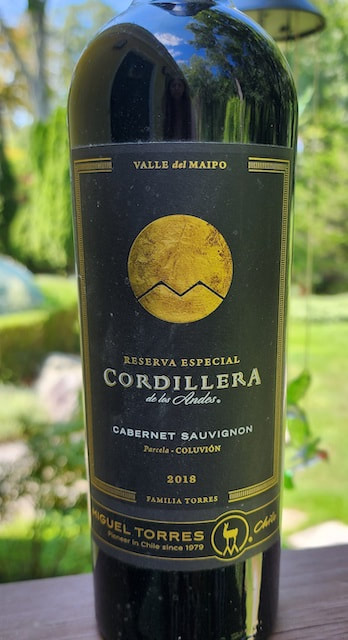
 RSS Feed
RSS Feed